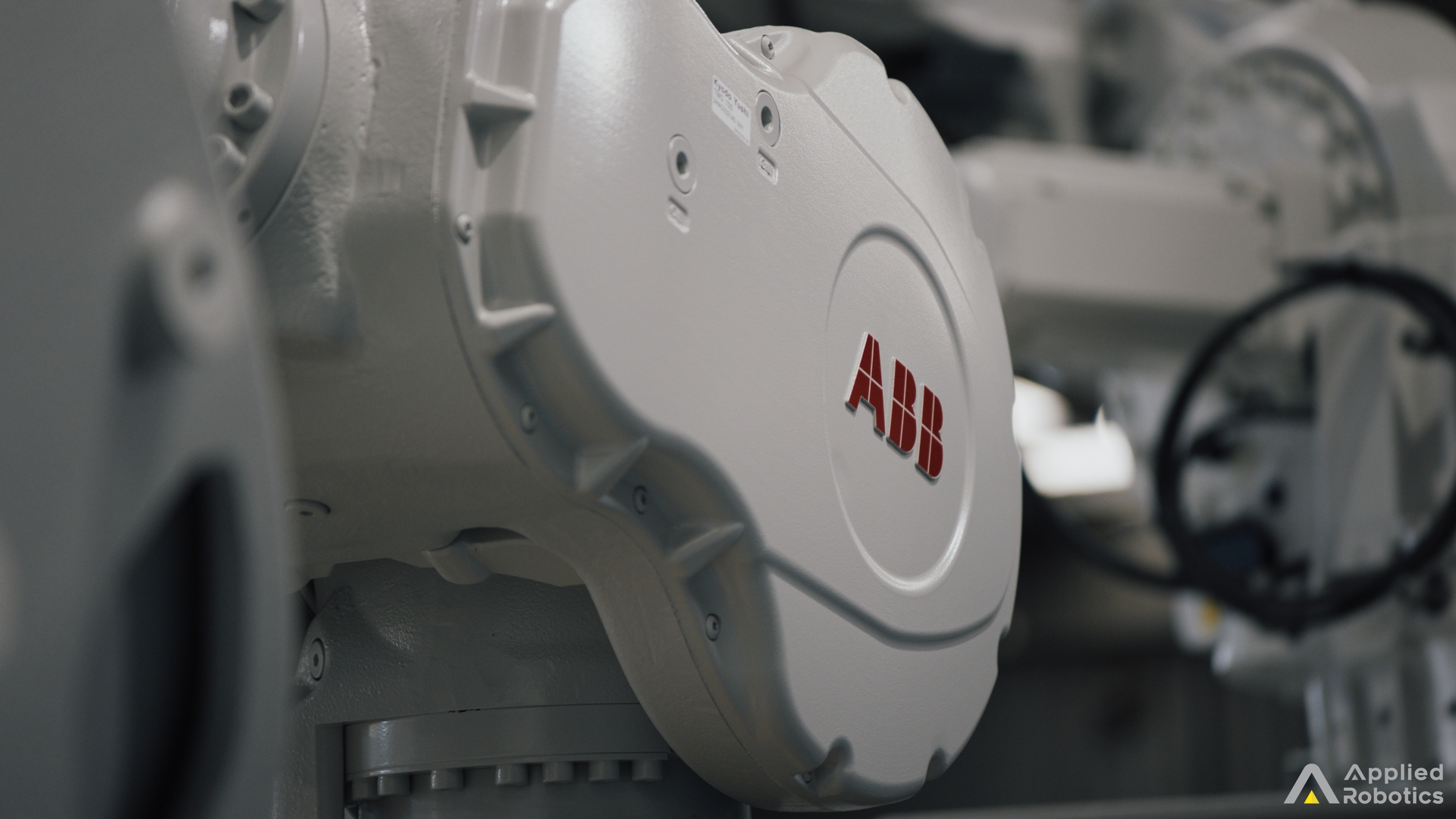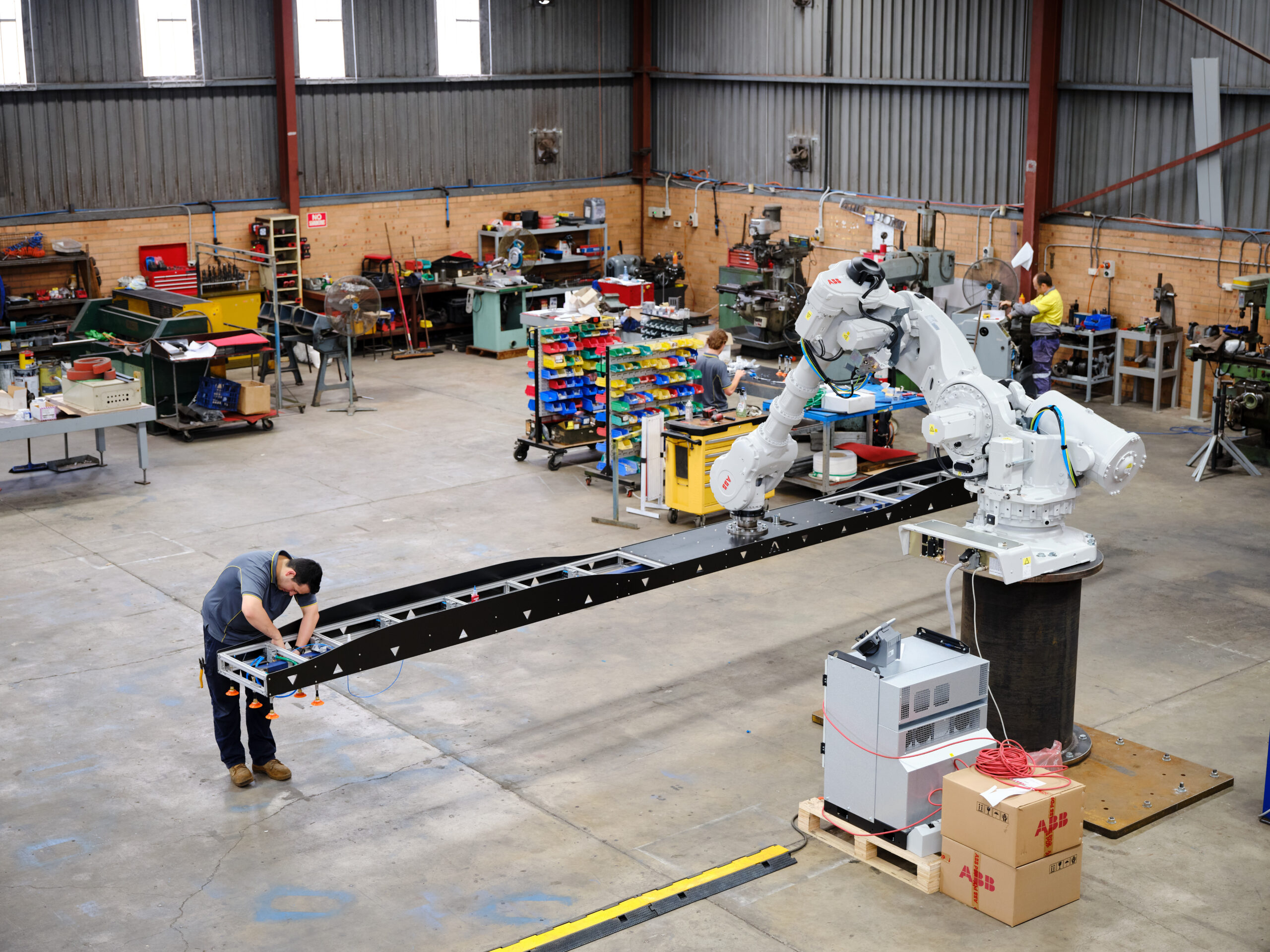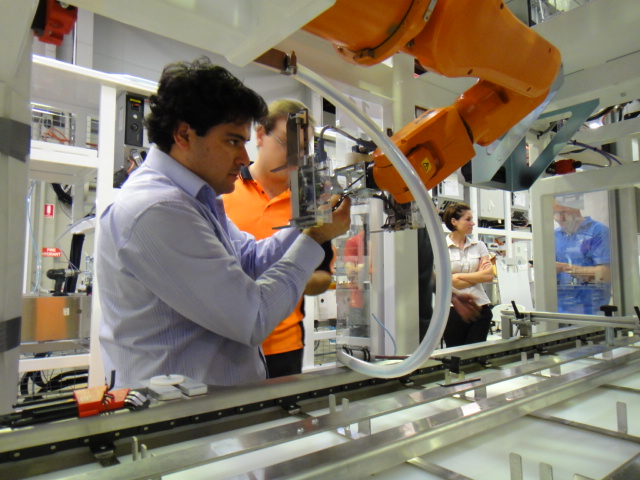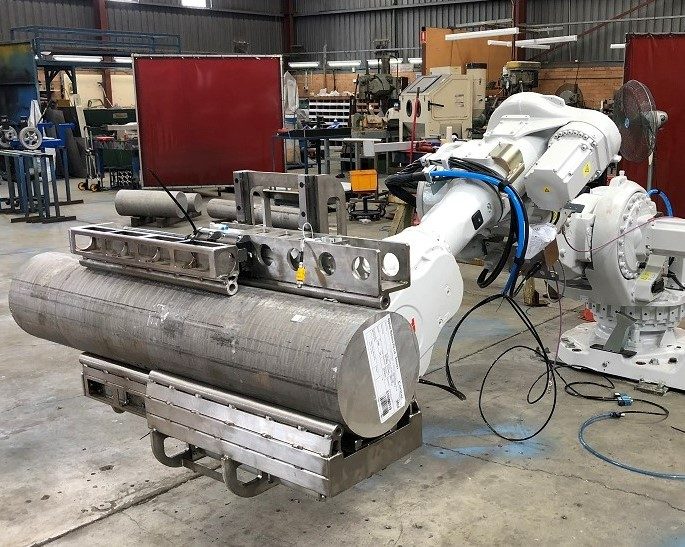
Why the National Robotics Strategy is a positive first step
Aug 21 · · Uncategorised
Faced with an ageing population and a skills shortage, Europe’s largest economy turned to robots to power its economy. Last year alone, 26,000 robotic machines were put in place in Germany helping alleviate the seven million workers the country is expected to lose by 2035.

The situation in Australia is not vastly different where the skills shortage is compounded by falling productivity. The recently released National Robotics Strategy came at an opportune time according to the country’s leading automation and robotics integrator, Applied Robotics. The company is at the forefront of onshoring and reshoring initiatives to help build Australia into a globally competitive manufacturing powerhouse.
There are still questions and some gaps in the National Robotics Strategy, but it has generally been well received by industry. It offers interesting insights and will help our critical industry chart a suitable path forward. The strategy focuses on driving wider adoption, particularly in manufacturing; building skills and capabilities; and enabling a collaborative ecosystem. These are also the core values that Applied Robotics has been practicing since its inception 37 years back.
The company firmly believes that there is deep robotics expertise available in Australia. This was evident after a fire burnt Milliken & Co’s US factory to the ground. The textile and floor covering manufacturer set a timeline of six months to restore their operations to meet global demand. Applied Robotics was entrusted with the rebuild and embarked on one of the largest engineering projects globally at the time, with an estimated cost of half a billion US dollars. In Milliken’s original setup, the robots took 12 seconds to stack a single tile. In designing the rebuild, Applied Robotics developed custom vacuum conveyors that were able to stack four tiles per second making it the world’s fastest carpet tile handling solution. This solution was subsequently adopted in Milliken’s UK and Japanese factories, an example of the world class expertise developed in Australia.
A solution for the worker shortage
No doubt, the local manufacturing industry has faced a challenging period over the past couple of decades, but Australia’s future is not its past. Applied Robotics has long been a proponent of employing robotics and automation technologies to scale Australia’s manufacturing sector and address labour shortages.
An example is the solution the company developed for Unilever to automate their infeed personal care and hygiene dosing lines. A specially developed gripper picked various sized bottles, decanted them and collapsed the cartons, an onerous manual task that was also difficult to accomplish because of the challenge in getting workers.
The Strategy Paper highlights other local innovations such as SwarmBot, an autonomous farming vehicle that can be used for spraying, weeding and harvesting. It has been developed by Queensland based SwarmFarm Robotics which is one of the few companies worldwide with real robots already working on farms. Another Australian company, Emesent, is a world leader in autonomous and lidar mapping with drones, including in GPS-denied environments.
It is evident that Australia has robust robotics sector posting continued revenue growth which can be bolstered by government initiatives like the $15 billion National Reconstruction Fund. If properly nurtured and supported by sound policy, this sector has the potential to add $170 billion to $600 billion per year to our GDP by 2030.
Australia well positioned to benefit from robotics
Applied Robotics is convinced that Australia is a global leader in robotics research and smart specialisation, particularly in autonomous systems and advanced manufacturing. The company continues draw on its expertise to promote robotics adoption by working with Australian manufacturers across a variety of sectors including renewables, intralogistics, food & beverage, pharmaceuticals and recycling, among others.
Although a step in the right direction, the Strategy Paper falls a bit short in the area of manufacturing strategy. There was a noticeable absence of any discussion around the Future Made in Australia initiative which is meant to address the major structural and strategic challenges that the local economy faces. Australia needs strong domestic capability in robotics to deliver economic resilience and security.
To translate the sentiment laid out in the Strategy Paper into positive outcomes, Applied Robotics is of the firm view that we need strong and consistent government support to encourage private investment in key industries. This will help the Australian economy navigate and prosper through the current challenges.
This should be high on the government’s priority list as annual productivity growth slowed to 1.2 percent per year in the 20 years to 2021-22. This is the lowest level in six decades. Applied Robotics is calling for a committed investment in automation and robotics that will help increase annual productivity growth in Australia by 50 to 150 percent. These technologies have the potential to add a further $170 billion to $600 billion per year to our GDP by 2030.
Collaboration is key
Supporting this growth will require a steady supply of high-quality talent. While Australia boasts some fine institutions turning out excellent graduates, the Strategy Paper missed the opportunity to turn the spotlight on education partnerships with industry. Applied Robotics is doing its part by investing in local talent through comprehensive training and development programs. Countries with strong industry-academia collaborations are often more competitive globally due to a robust innovation ecosystem. Educational partnerships in Australia may not be attractive as they do not appear to be beneficial to industry. The Strategy Paper could have looked at co-investments and government funding to take these partnerships to the next level.
Australia can also better leverage its successes in applying robotics solutions. No doubt, Wi-Fi and Cochlear are great Australian innovations but it will be beneficial to do a deep dive into the country’s recent successes in applying robotics solutions particularly in the areas of mining and farming. Robotics solutions typically require significant investment and showcasing Australia’s proven capabilities will encourage more organisations to commit to the journey.
Without a doubt, the National Robotics Strategy is a welcome first step as it turns the spotlight on to a key aspect that is critical to nation building. Applied Robotics is calling on the government to join industry in a “whatever it takes approach” and move the National Robotics Strategy from a document to a national priority.


